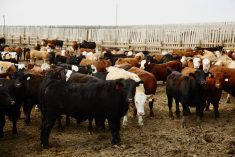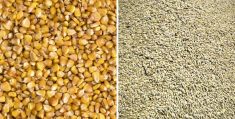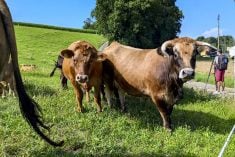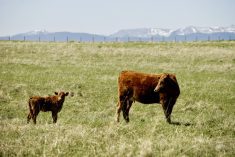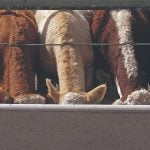Beef demand appears to be stronger than expected in the first quarter of 2024. There is a higher probability that the economic momentum will continue into the second and third quarters before softening late in the October through December period. Consumer spending at U.S. grocery stores and restaurants was higher than expected during January. In a normal year, January is typically a slower month, so analysts are banking on stronger retail sales data later in spring and summer. Wholesale beef prices tend to make seasonal highs in the summer as consumer food spending increases. The economy is on solid footing despite the higher interest rate environment. Job growth in Canada and the U.S. was stronger than expected during January while wage growth continues to come in at 4.5 per cent on an annual basis. Equity markets continue to trade near historical highs which have been a major factor increasing consumer confidence. Let’s look at the data.
Consumer spending on food products was higher than expected during January. Total actual U.S. grocery store sales during January 2024 were down five per cent from December 2023 but up 2.8 per cent from January 2023. Actual sales at food services and drinking places during January 2024 were down 9.8 per cent from December but were up six per cent from 12 months earlier. Seasonally, consumer spending on food makes a seasonal low during January and February. Spending increases during March and April before making a seasonal high during June and July.
Consumer spending comprises 66 per cent to 70 per cent of U.S. GDP. A one per cent increase in consumer spending equates to a one per cent increase in beef demand. The two are highly correlated. During the fall of 2023, we were expecting the U.S. economy to experience slower growth in the first half of 2024. U.S. GDP came in at 4.9 per cent during the third quarter of 2023 (quarter-over-quarter, seasonally adjusted annual rate) at which time the fed cattle market was trading near historical highs. U.S. GDP during the fourth quarter of 2023 was 3.3 per cent. The cattle market softened accordingly as consumer spending eased.
Projections during the latter part of 2023 had U.S. GDP coming in around 1.5 per cent to two per cent during the first and second quarters of 2024. This has changed. Current data reflects that U.S. GDP during the first quarter of 2024 will reach over four per cent and possibly be as high as 4.5 per cent. Demand projections for the second quarter of 2024 appear to be similar to the third quarter of 2023 when the cattle market was making historical highs.
Read Also
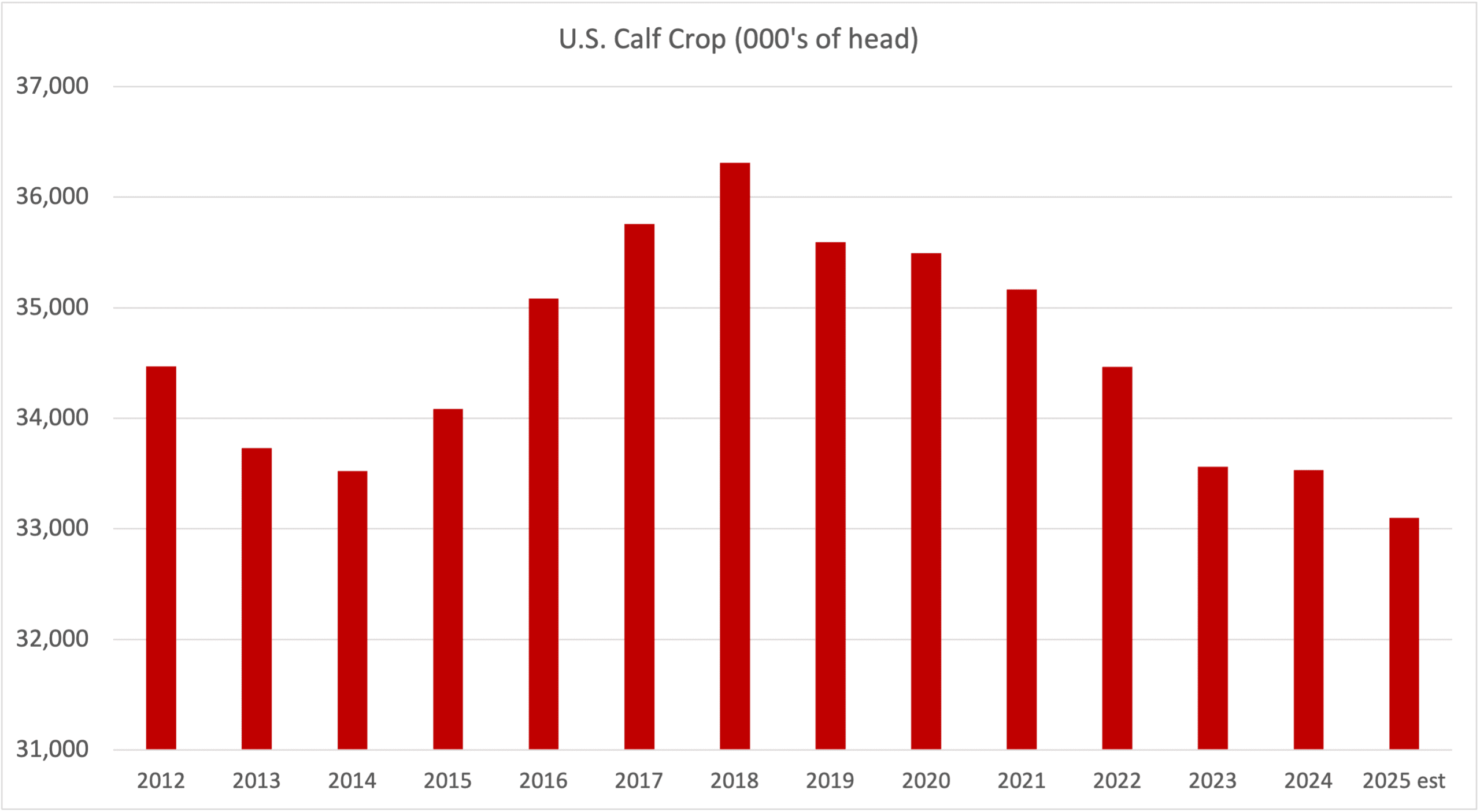
Factors influencing cattle feeder market during the fall of 2025
Market analyst Jerry Klassen weighs in on live cattle markets
I want to draw attention to two charts (see below). U.S. spending at restaurants and other drinking places is projected to run at six per cent to eight per cent during the first half of 2024. At this stage, we’ll likely see softer spending in the latter half of 2024 with projections of two to three per cent over year-ago levels.

Secondly, we like to follow the U.S. University of Michigan Consumer Sentiment Index. This index reflects how consumers feel about their financial situation and the expectations for the economy over the short and longer term. This is a good indicator of spending behaviour forecasts over the next six months. The February 2024 reading came in at 79.6, up from the June 2023 level of 64.4 and up from the February 2023 reading of 67. Consumers are becoming more optimistic about their situation. Keep in mind that U.S. equity markets are trading near historical highs and unemployment levels remain near historical lows.
In conclusion, U.S. GDP forecasts have been adjusted upward due to stronger than expected economic data. Consumer spending has exceeded expectations during January, which is typically a seasonal low. We expect consumer spending at restaurants to increase during the spring and summer. U.S. consumer sentiment has been percolating higher since making lows in the fall. This supports consumer spending and GDP projections for the second quarter. After this stronger economic growth in the first half of 2024, consumers will likely pull in the reins in the latter half. The cattle market will follow consumer spending behaviour, just like it did last year. Notice the downdraft in restaurant spending in the latter half of 2023. This correlates with fed cattle prices. As spending decreased in the latter half of 2023, fed cattle prices also trended lower. Look for a similar pattern in 2024.



